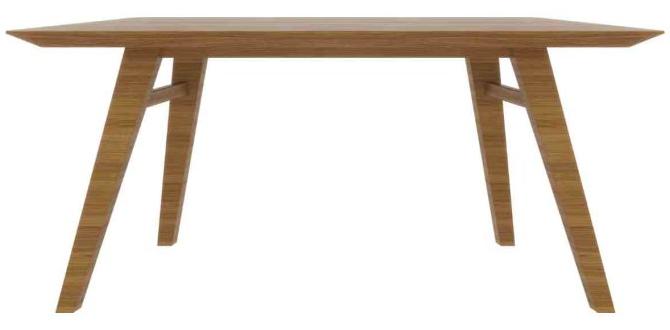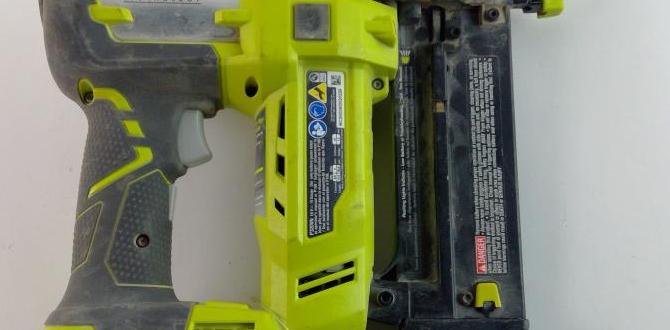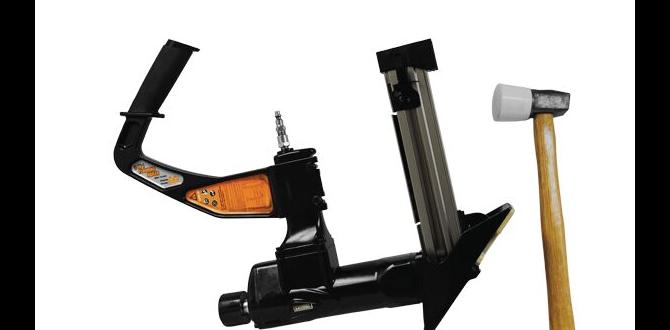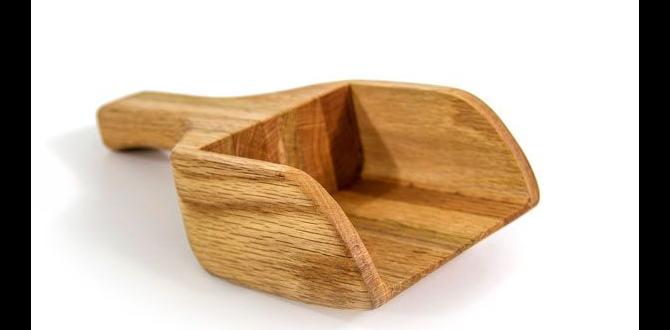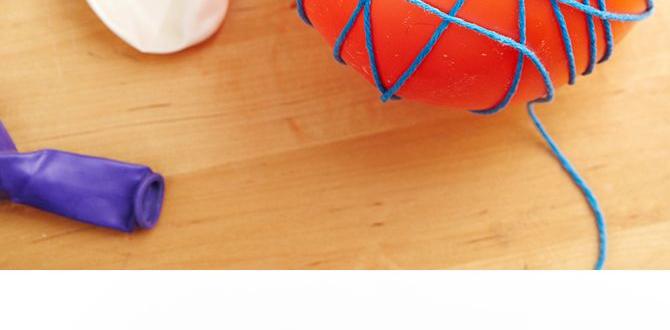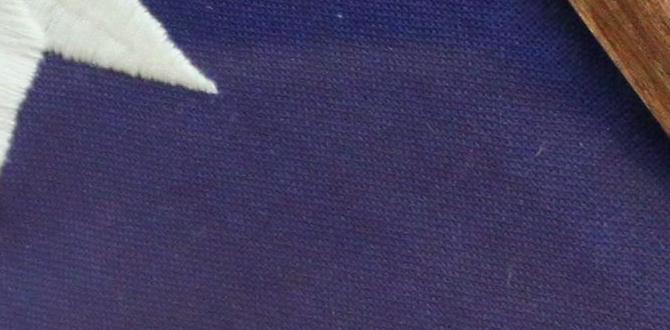When choosing new floors for your home, you might wonder what to pick: solid hardwood or engineered wood. Did you know that solid hardwood comes from one single piece of wood? It gives a classic look and feels great under your feet. On the other hand, engineered wood has layers that make it strong and stable. This can be a smart choice in places with lots of humidity.
Imagine walking into your living room and seeing beautiful, shiny floors. What if you could have that look but also worry less about the weather? That’s where the choice between solid hardwood and engineered floors comes in. Which one is best for you? Let’s dive in and discover how these two types of wood can change your home for the better!
Table of Contents
Solid Hardwood Vs Engineered: Understanding Key Differences
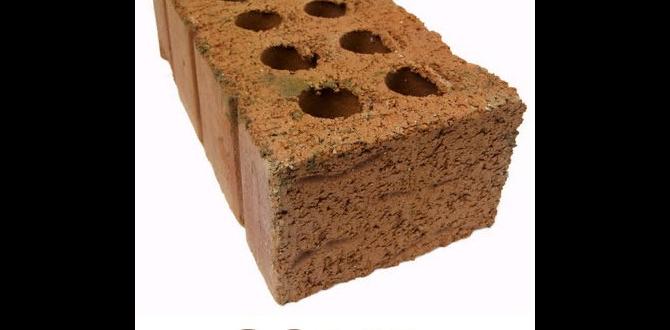
Solid Hardwood vs Engineered
When choosing between solid hardwood and engineered wood, it’s essential to know their differences. Solid hardwood is made from a single piece of timber, offering durable and lasting value. It’s excellent for refinishing but can be sensitive to moisture. Engineered wood, on the other hand, has layers, making it more stable and versatile in various conditions. Did you know engineered wood can resist warping? Understanding these differences helps you make the best choice for your home.
Understanding Solid Hardwood
Definition and characteristics of solid hardwood. Types of solid hardwood species available.
Solid hardwood comes from a single piece of wood, making it tough and durable. Its rich colors and grains add beauty to any room. Popular types include oak, maple, and cherry. Each type has unique features. For instance, oak is strong, while maple is light and smooth. Here’s a quick look at some common hardwood species:
| Hardwood Species | Characteristics |
|---|---|
| Oak | Durable and classic |
| Maple | Light and smooth |
| Cherry | Rich color and soft feel |
Choosing the right hardwood is like picking ice cream flavors – you want the best one for your taste!
Understanding Engineered Wood
Definition and characteristics of engineered wood. Breakdown of engineered wood layers and construction.
Engineered wood is a smart choice for many homes. It is made from layers of wood that are glued together. This design makes it strong and stable. Here are some key features of engineered wood:
- It resists moisture and temperature changes.
- It can be made in various styles and finishes.
- It uses less wood than solid hardwood.
Engineered wood is built in three main layers:
- The top layer is real wood veneer.
- The middle layer adds strength with plywood or fiberboard.
- The bottom layer keeps everything balanced.
This construction makes engineered wood a great option for floors.
What is engineered wood made of?
Engineered wood is made of several layers. These layers include a real wood veneer top, followed by a strong core of plywood or hardwood, and a backing layer for stability.
Durability Comparison
Lifespan and wear resistance of solid hardwood. Durability factors for engineered wood.
Solid hardwood floors are like the superheroes of flooring. They can last up to 100 years when treated right! Their tough surface stands up well against wear and tear, making them ideal for busy homes. On the other hand, engineered wood offers a solid core and a wear layer. It doesn’t last as long, about 20 to 30 years, but it’s quite resistant to changes in humidity, making it a good option for basements. Just think of it as the sidekick that keeps things steady!
| Type | Lifespan | Wear Resistance |
|---|---|---|
| Solid Hardwood | Up to 100 years | Excellent |
| Engineered Wood | 20-30 years | Good |
So, whether you choose the bold hardwood or the reliable engineered wood, you’ll have options that fit your style and needs. Remember, both can be great – just like Batman and Robin!
Installation Differences
Installation methods for solid hardwood. Installation methods for engineered wood.
When you install solid hardwood, you often nail or glue the planks down. This method keeps the floor strong and can last for many years. For engineered wood, you have more options. You can glue, nail, or click them together like a puzzle. This makes it easier and quicker to install.
- Solid Hardwood:
- Nail down method
- Glue down method
- Engineered Wood:
- Glue down method
- Nail down method
- Click-lock method
What is the best installation method?
The best method depends on your space and preferences. Solid hardwood is best for long-lasting floors, while engineered wood is good for quick and easy setups.
Cost Analysis
Price range comparison of solid hardwood vs engineered wood. Longterm cost considerations (maintenance, repairs, etc.).
When it comes to choosing between solid hardwood and engineered wood, the prices can be quite different. Solid hardwood usually costs more, ranging from $5 to $15 per square foot. Engineered wood, on the other hand, is typically cheaper, costing around $3 to $10 per square foot. But it’s not just about buying. Over time, solid hardwood may need more maintenance and repairs, which can add up. Meanwhile, engineered wood often proves more durable in humid conditions. Think about how long you plan to keep your floors. It’s like picking between a pet goldfish and a loyal dog: one is easy but may need a replacement, while the other could last a lifetime!
| Type of Wood | Price per Square Foot | Long-term Considerations |
|---|---|---|
| Solid Hardwood | $5 – $15 | More maintenance and repairs! |
| Engineered Wood | $3 – $10 | Durable and lower upkeep. |
Environmental Impact
Sustainability of solid hardwood sourcing. Ecofriendliness of engineered wood production.
Choosing wood can be tricky, especially with our planet in mind. Solid hardwood makes the cut when it comes to sustainability. It grows slowly but lasts a long time. Sourcing it responsibly helps protect our forests. On the flip side, engineered wood is often made from leftover materials. This eco-friendly process reduces waste. Plus, many engineered woods use adhesives that are low in harmful emissions. So, while both options keep your floors classy, they dance to different eco-beats!
| Wood Type | Sustainability | Eco-friendly Notes |
|---|---|---|
| Solid Hardwood | Slow Growth, Long-lasting | Responsible Sourcing |
| Engineered Wood | Uses Leftover Materials | Reduces Waste, Low Emissions |
Maintenance Requirements
Cleaning and upkeep for solid hardwood. Maintenance needs for engineered wood.
Keeping your floors clean is important for both solid hardwood and engineered wood. For solid hardwood, you need to use a soft broom or vacuum. It’s best to avoid water when cleaning. A damp mop works well for spills. Regular polishing helps maintain its shine.
Engineered wood requires a slightly different approach. You should use a microfiber cloth. Avoid harsh cleaners that can damage the surface. Here’s what you need to remember:
- Use gentle cleaners.
- Keep it dry.
- Regularly dust to avoid scratches.
Both types need care, but with proper maintenance, they can look beautiful for years!
What is the best way to clean solid hardwood?
The best way to clean solid hardwood is to use a soft broom or vacuum, followed by a damp mop. Avoid water pools and harsh chemicals to keep the wood in good condition.
How do you maintain engineered wood floors?
To maintain engineered wood, use a microfiber cloth and gentle cleaner. Keep the surface dry and regularly dust to prevent scratches.
Resale Value
Impact on home value with solid hardwood. How engineered wood affects home resale.
Many homebuyers value solid hardwood floors. They think these floors look fancy and feel sturdy. This can boost your home’s price when you sell it. On the other hand, engineered wood is more flexible and can save you cash. However, it might not thrill buyers like solid wood does. In fact, homes with solid hardwood can sell for up to 10% more than those with engineered options. Buyers are often impressed by the timeless charm of solid wood!
| Floor Type | Impact on Home Value |
|---|---|
| Solid Hardwood | Higher resale value |
| Engineered Wood | Moderate resale value |
Choosing the Right Option for Your Home
Factors to consider (lifestyle, budget, climate). Personal stories or testimonials for solid hardwood vs engineered wood.
Making the best choice for your home flooring means thinking about a few important things. First, consider your lifestyle. Do you have kids or pets? Solid hardwood can scratch easily, while engineered wood is tougher. Next up is your budget. Solid hardwood could cost more upfront, but it can last a lifetime. Finally, climate matters too. In humid places, engineered wood is more stable. One friend of mine switched to engineered wood after their solid hardwood cupped during a rainy season. It’s a bit like choosing between chocolate and vanilla— both are great, but pick what suits you!
| Factor | Solid Hardwood | Engineered Wood |
|---|---|---|
| Lifestyle | Softer, may dent | Tougher, kid-proof |
| Budget | Higher cost | More affordable |
| Climate | Can warp | Stable in humidity |
Conclusion
In summary, solid hardwood is strong and lasts a long time, plus it can be sanded and refinished. Engineered wood is more affordable and great for areas with moisture. We should think about our needs and budget before choosing. For more details, look up articles on hardwood flooring so you can make the best choice for your home!
FAQs
Sure! Here Are Five Related Questions On The Topic Of Solid Hardwood Versus Engineered Wood:
Solid hardwood is made from one piece of wood. It feels warm and has a nice look. Engineered wood is built from layers of wood, which makes it stronger for wet places. If you drop something heavy, solid wood might dent, but engineered wood is tougher. You can choose either type based on where you want to use it.
Sure! Just let me know the question you want me to answer, and I’ll be happy to help!
What Are The Main Differences In Construction Between Solid Hardwood And Engineered Wood Flooring?
Solid hardwood flooring comes from one solid piece of wood. It’s strong and can last a long time. Engineered wood flooring has many layers. The top layer is wood, but the layers underneath are different materials. This makes engineered wood more stable and less likely to warp.
How Do Factors Like Moisture Resistance And Climate Impact The Choice Between Solid Hardwood And Engineered Wood?
When choosing between solid hardwood and engineered wood, moisture resistance and climate are important. Solid hardwood can swell or warp in very wet places, like basements. Engineered wood is better in these areas because it can handle moisture. If you live in a dry climate, solid hardwood works well. You should consider where you live before making a choice.
What Are The Advantages And Disadvantages Of Solid Hardwood Flooring Compared To Engineered Wood In Terms Of Durability And Lifespan?
Solid hardwood flooring lasts a long time, often over 100 years. It can be sanded and refinished many times, which keeps it looking nice. However, it can be damaged by water and is sensitive to changes in temperature. Engineered wood lasts around 30 years and handles moisture better, but it can’t be sanded as much. So, solid hardwood is great for durability, but engineered wood is safer in wet areas.
How Does The Cost Of Installation And Maintenance Differ Between Solid Hardwood And Engineered Wood?
Installing solid hardwood usually costs more than engineered wood. This is because solid hardwood needs special tools and skills. For maintenance, solid hardwood can be tricky; it might need more care over time. Engineered wood is easier to clean and often lasts longer, which can save you money later. So, solid hardwood costs more upfront and may need more attention than engineered wood.
In Terms Of Environmental Impact, How Do Solid Hardwood And Engineered Wood Compare In Their Sourcing And Sustainability Practices?
Solid hardwood comes from trees that are cut down in forests. If these forests are not managed well, it can hurt the environment. Engineered wood, on the other hand, uses smaller pieces of wood and glue. This means it often uses less wood overall and can be made from leftovers. So, engineered wood can be a better choice for the environment because it helps save trees.
{“@context”:”https://schema.org”,”@type”: “FAQPage”,”mainEntity”:[{“@type”: “Question”,”name”: “Sure! Here Are Five Related Questions On The Topic Of Solid Hardwood Versus Engineered Wood:”,”acceptedAnswer”: {“@type”: “Answer”,”text”: “Solid hardwood is made from one piece of wood. It feels warm and has a nice look. Engineered wood is built from layers of wood, which makes it stronger for wet places. If you drop something heavy, solid wood might dent, but engineered wood is tougher. You can choose either type based on where you want to use it.”}},{“@type”: “Question”,”name”: “”,”acceptedAnswer”: {“@type”: “Answer”,”text”: “Sure! Just let me know the question you want me to answer, and I’ll be happy to help!”}},{“@type”: “Question”,”name”: “What Are The Main Differences In Construction Between Solid Hardwood And Engineered Wood Flooring?”,”acceptedAnswer”: {“@type”: “Answer”,”text”: “Solid hardwood flooring comes from one solid piece of wood. It’s strong and can last a long time. Engineered wood flooring has many layers. The top layer is wood, but the layers underneath are different materials. This makes engineered wood more stable and less likely to warp.”}},{“@type”: “Question”,”name”: “How Do Factors Like Moisture Resistance And Climate Impact The Choice Between Solid Hardwood And Engineered Wood?”,”acceptedAnswer”: {“@type”: “Answer”,”text”: “When choosing between solid hardwood and engineered wood, moisture resistance and climate are important. Solid hardwood can swell or warp in very wet places, like basements. Engineered wood is better in these areas because it can handle moisture. If you live in a dry climate, solid hardwood works well. You should consider where you live before making a choice.”}},{“@type”: “Question”,”name”: “What Are The Advantages And Disadvantages Of Solid Hardwood Flooring Compared To Engineered Wood In Terms Of Durability And Lifespan?”,”acceptedAnswer”: {“@type”: “Answer”,”text”: “Solid hardwood flooring lasts a long time, often over 100 years. It can be sanded and refinished many times, which keeps it looking nice. However, it can be damaged by water and is sensitive to changes in temperature. Engineered wood lasts around 30 years and handles moisture better, but it can’t be sanded as much. So, solid hardwood is great for durability, but engineered wood is safer in wet areas.”}},{“@type”: “Question”,”name”: “How Does The Cost Of Installation And Maintenance Differ Between Solid Hardwood And Engineered Wood?”,”acceptedAnswer”: {“@type”: “Answer”,”text”: “Installing solid hardwood usually costs more than engineered wood. This is because solid hardwood needs special tools and skills. For maintenance, solid hardwood can be tricky; it might need more care over time. Engineered wood is easier to clean and often lasts longer, which can save you money later. So, solid hardwood costs more upfront and may need more attention than engineered wood.”}},{“@type”: “Question”,”name”: “In Terms Of Environmental Impact, How Do Solid Hardwood And Engineered Wood Compare In Their Sourcing And Sustainability Practices?”,”acceptedAnswer”: {“@type”: “Answer”,”text”: “Solid hardwood comes from trees that are cut down in forests. If these forests are not managed well, it can hurt the environment. Engineered wood, on the other hand, uses smaller pieces of wood and glue. This means it often uses less wood overall and can be made from leftovers. So, engineered wood can be a better choice for the environment because it helps save trees.”}}]}


